The universe will smile back at us on May 29, thanks to an uncanny cosmic alignment
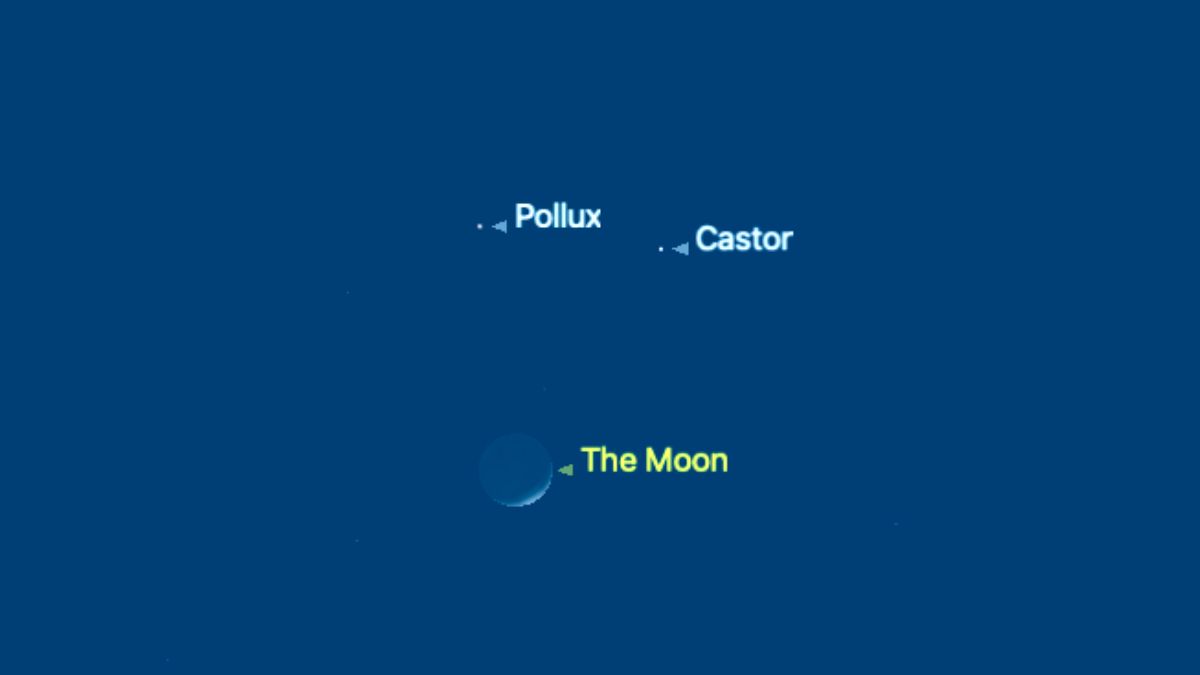
A crescent moon will appear alongside the bright stars Castor and Pollox to form a lopsided grin in the night sky on May 29.
Skywatchers in the U.S. will find the cosmic smile hanging above the western horizon about 45 minutes after the sun has set — around this time, the brightest stars will become visible in the darkening sky. The moon’s slender crescent will be located a little over 20 degrees above the horizon, taking the appearance of a lopsided grin. Castor (right) and Pollux (left) will be visible roughly 5 degrees above the shadowed lunar disk, forming the “eyes” of the celestial emoji.
Remember, an easy way to measure distances between celestial objects is to hold your upturned fist at arms length against the night sky. The space between your thumb and the other side of your hand will cover roughly 10 degrees.
Those in the U.S. will have a little over three hours to watch the universe smile back at us before the whimsical alignment slips beneath the horizon at around midnight local time. The times during which celestial bodies are visible varies based on location, so be sure to check out a reliable stargazing app to discover when they will be visible from your locale.
Regardless of where you’re watching from in the northern hemisphere, the sparkling “eyes” of this cosmic visage will be the last part to set below the horizon. Castor and Pollux were named for twin deities in Greek mythology, according to the Encyclopedia Britannica, and represent the two brightest stars in the zodiacal constellation Gemini.
Pollux, named for the son of Zeus, is a red giant star with a brightness similar to Mars. It can be found shining to the upper left of Gemini’s twin stars after sunset on May 29. Castor, meanwhile, isn’t a single star at all — or even a double for that matter. No, this “star,” named for Pollux’s twin, represents a chaotic six-star system that shines less brilliantly compared to its sibling, keeping with its mythological counterpart’s mortal heritage.
The moon’s crescent will grow steadily larger in the runup to its first quarter phase on June 2, at which point half of its disk will be lit by direct sunlight from the perspective of Earth.

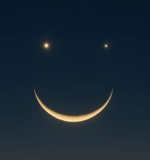
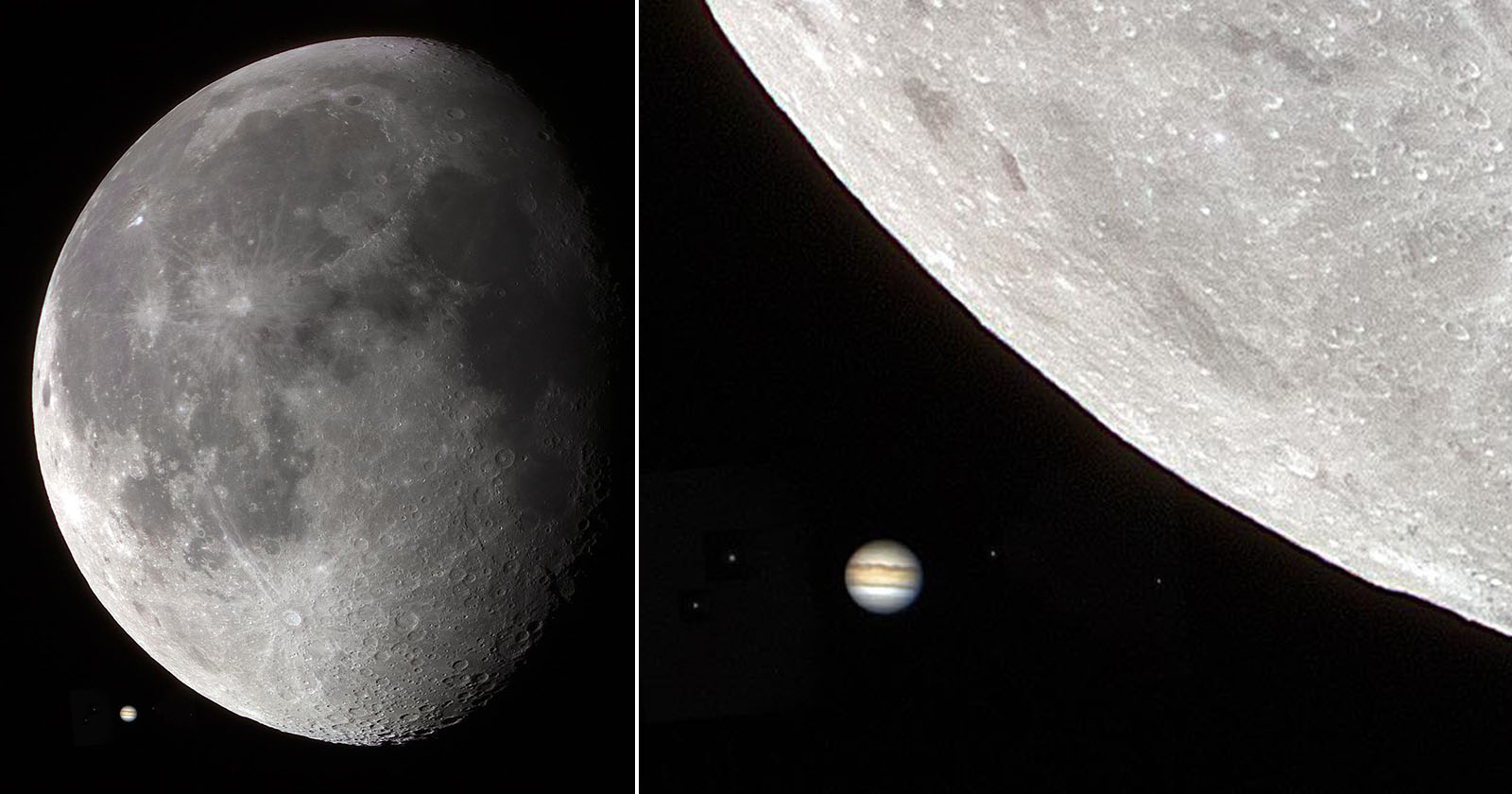
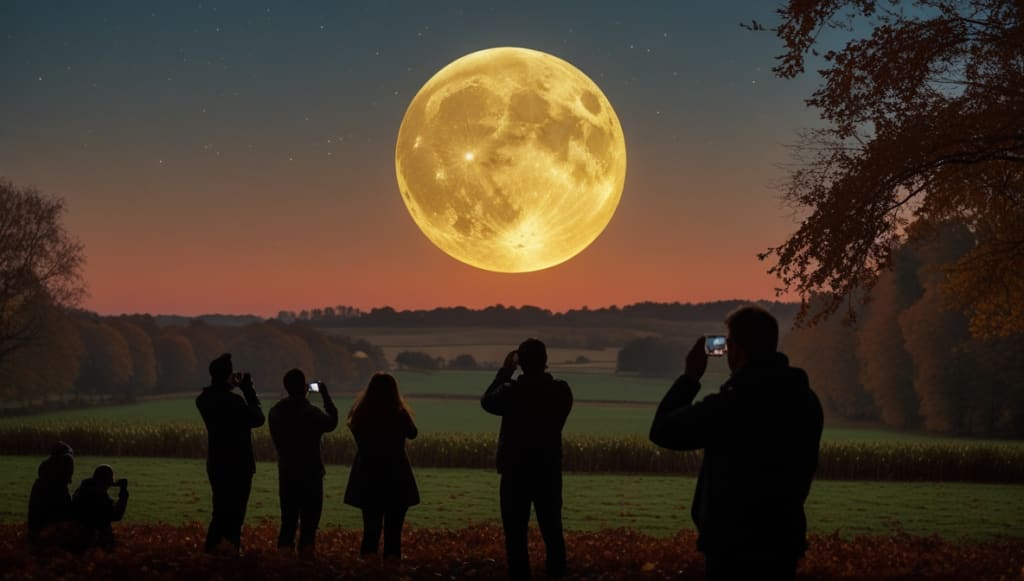
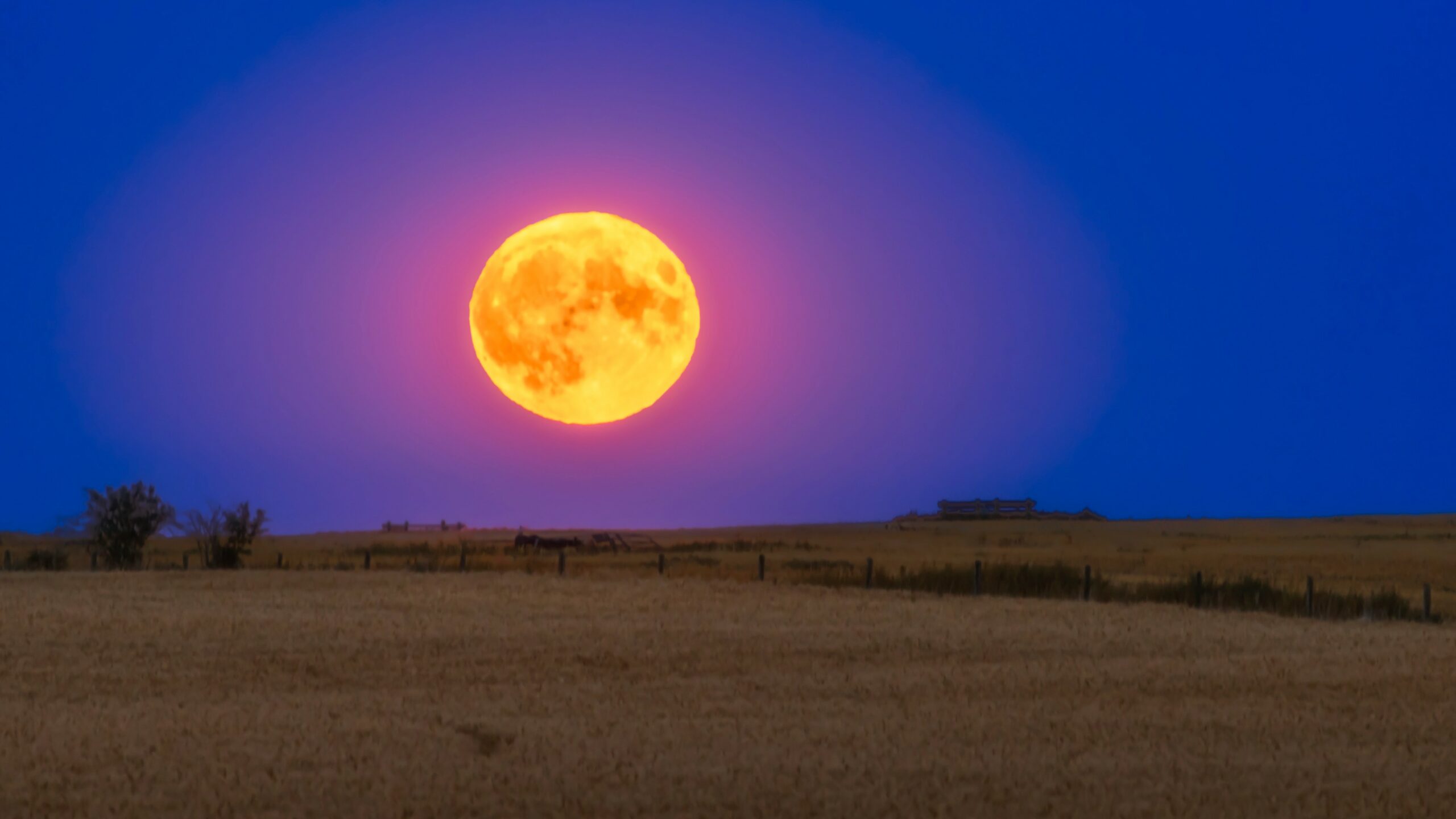
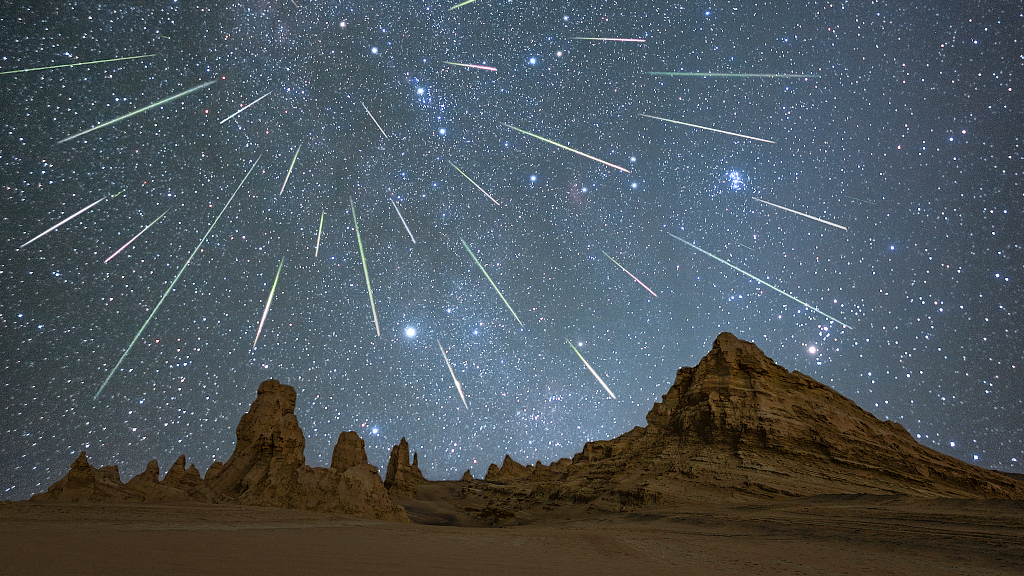
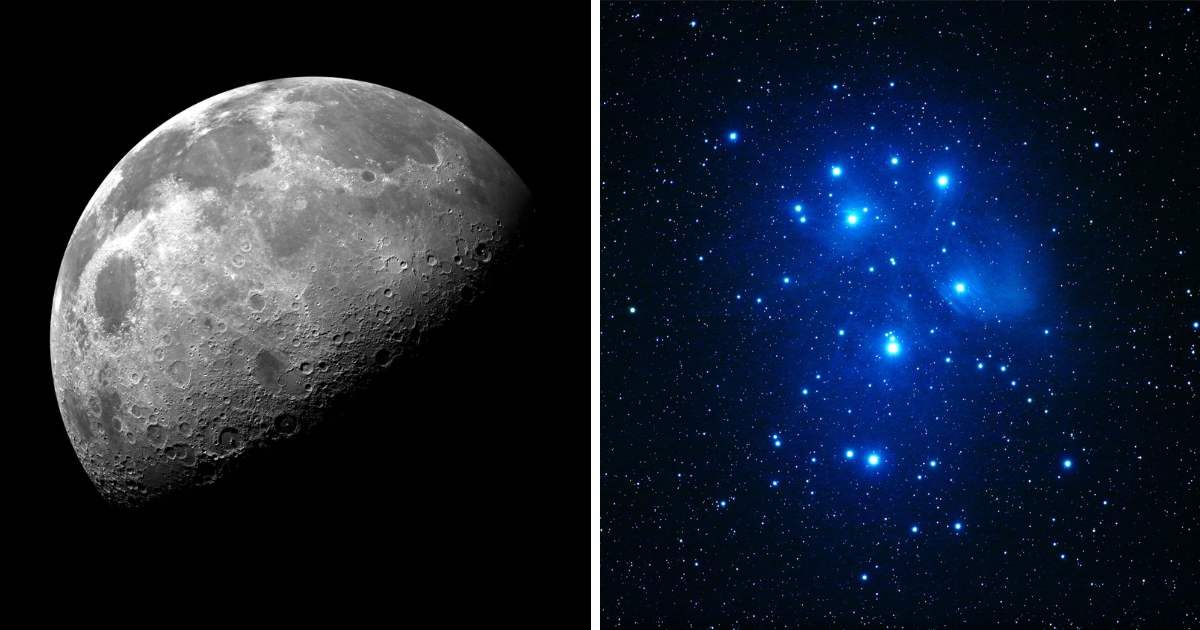
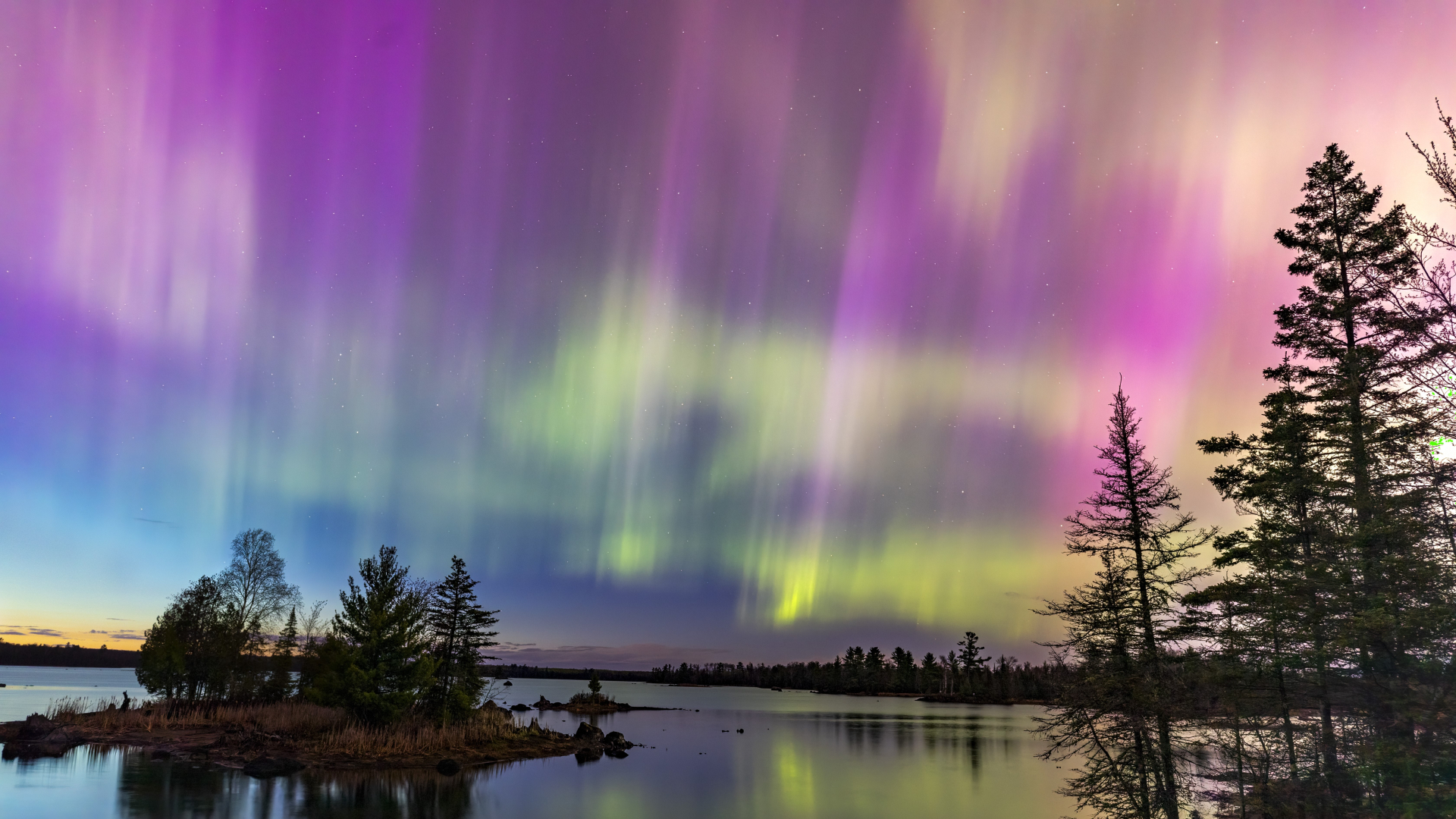
 Photographer Finds Locations Of 1960s Postcards To See How They Look Today, And The Difference Is Unbelievable
Photographer Finds Locations Of 1960s Postcards To See How They Look Today, And The Difference Is Unbelievable  Hij zet 3 IKEA kastjes tegen elkaar aan en maakt dit voor zijn vrouw…Wat een gaaf resultaat!!
Hij zet 3 IKEA kastjes tegen elkaar aan en maakt dit voor zijn vrouw…Wat een gaaf resultaat!! 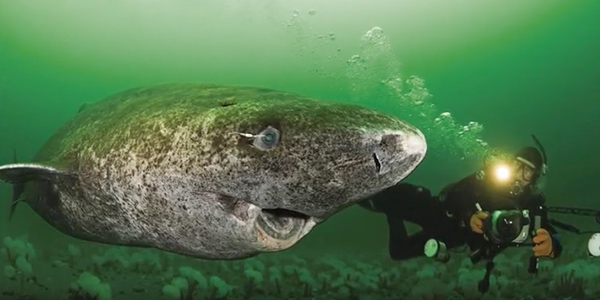 Scientists Discover 512-Year-Old Shark, Which Would Be The Oldest Living Vertebrate On The Planet
Scientists Discover 512-Year-Old Shark, Which Would Be The Oldest Living Vertebrate On The Planet  Hus til salg er kun 22 kvadratmeter – men vent til du ser det indvendigt
Hus til salg er kun 22 kvadratmeter – men vent til du ser det indvendigt  Superknepet – så blir snuskiga ugnsformen som ny igen!
Superknepet – så blir snuskiga ugnsformen som ny igen! 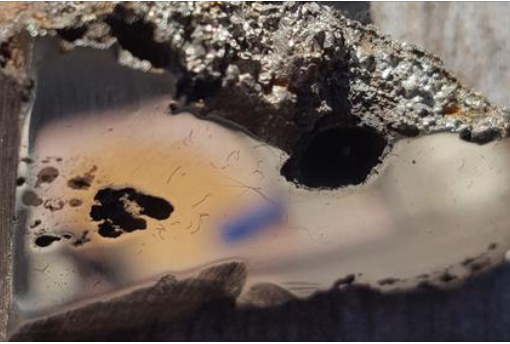 Meteorite That Recently Fell in Somalia Turns Out to Contain Two Minerals Never Before Seen on Earth
Meteorite That Recently Fell in Somalia Turns Out to Contain Two Minerals Never Before Seen on Earth  Nearly Frozen Waves Captured On Camera By Nantucket Photographer
Nearly Frozen Waves Captured On Camera By Nantucket Photographer 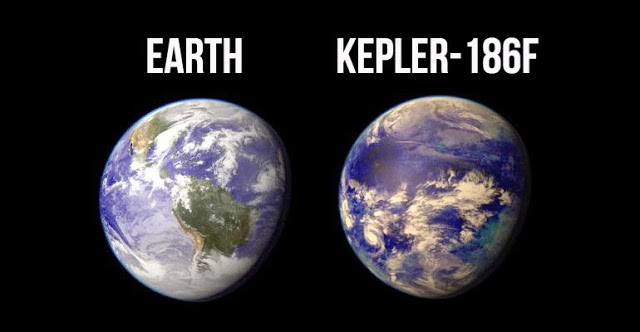 It’s Official: Astronomers Have Discovered another Earth
It’s Official: Astronomers Have Discovered another Earth 